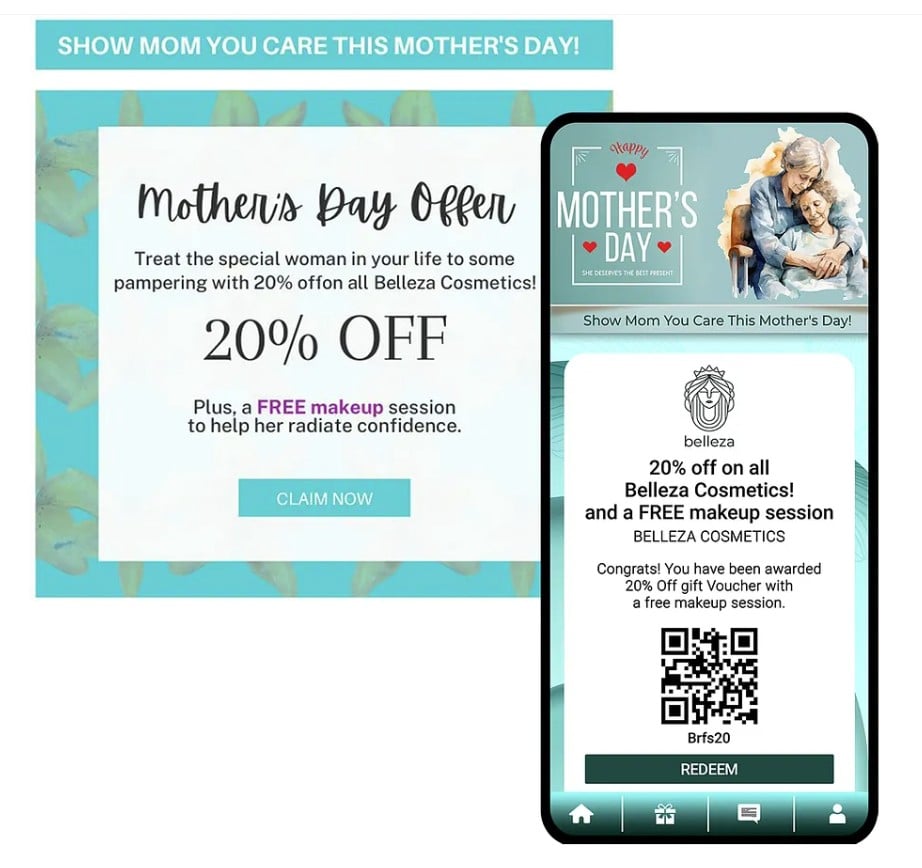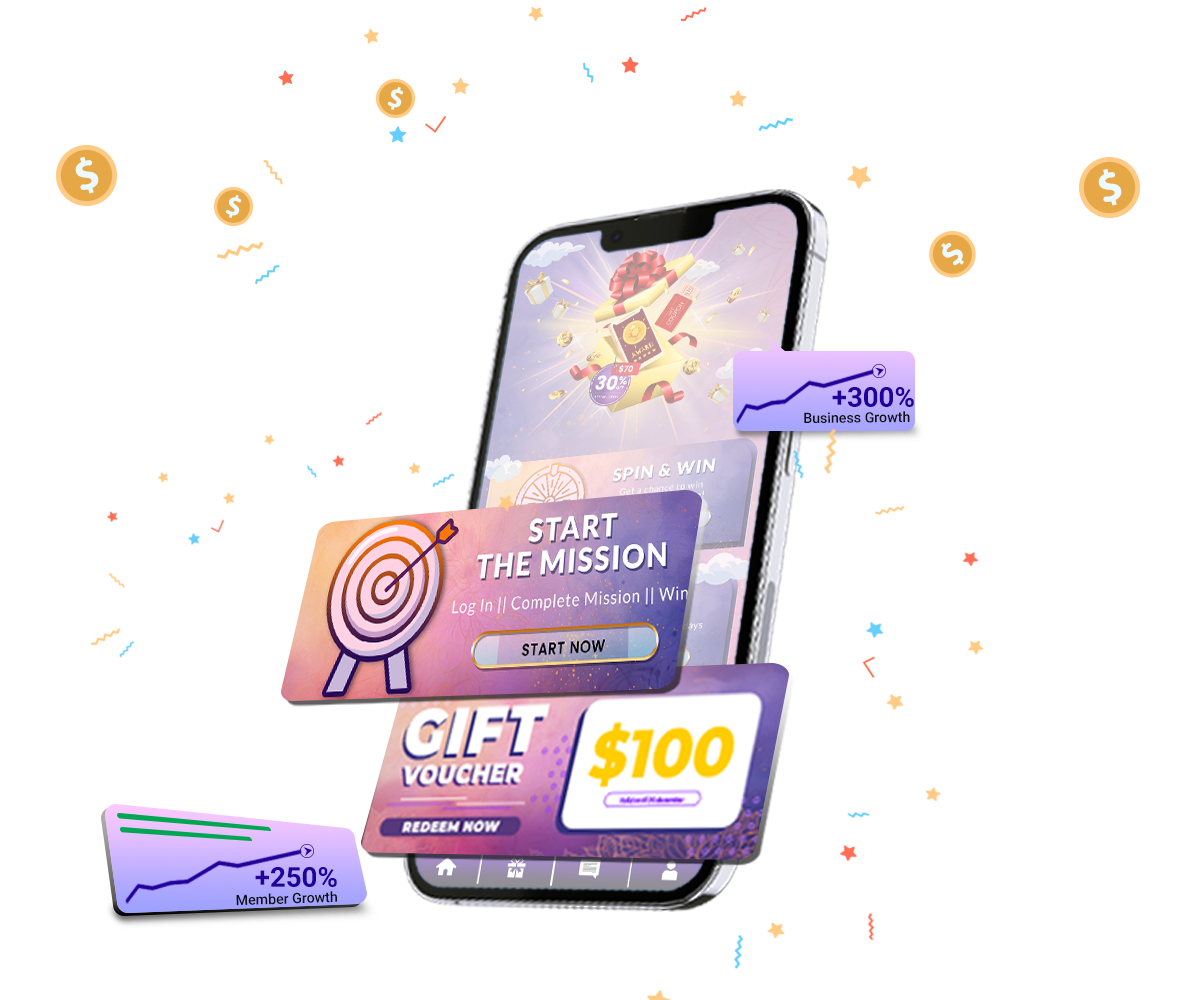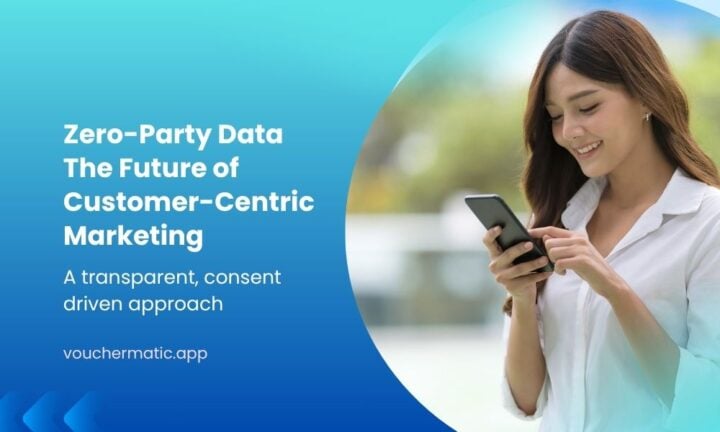The way brands collect customer data has undergone a seismic shift.
Gone are the days of relying on third-party cookies and purchased demographic profiles. With the collapse of traditional tracking methods, stricter privacy laws, and consumers fiercely guarding their data, marketers face a pressing question: How do you build customer relationships when the old playbook is obsolete?
The answer lies in zero-party data—the transparent, consent-driven approach that’s redefining modern marketing. Unlike shadowy third-party tracking, zero-party data is willingly shared by customers, creating trust while delivering richer insights.
In this privacy-first era, it’s not just an alternative—it’s the only sustainable path forward.
In this blog, we’ll walk you through:
- The progress of customer data—from third-party to first-party to zero- party data.
- Why first- and zero-party data are now the best practices.
- How you can collect high-quality, compliant data without annoying your audience.
- How Vouchermatic can help you get there.
Zero-party data is “data that a customer intentionally and proactively shares with a brand. – Forrester
First-party data is the information about your customers collected by your business, for example, customer email, actions taken on your website like purchase history, browsing history, etc.

From First-Party to Zero-Party: The Data Evolution
First-party data was once the most reliable source for marketers: customer emails, product preferences, purchase history, and browsing behavior. But while it’s valuable, it may lack context.
What did the customer really want? Why did they choose one product over another? What are they interested in next?
That’s where zero-party data steps in. It’s declared data—what customers tell you directly. It’s the difference between inferring and knowing.
For example:
- First-party: You see a customer clicked on red dresses.
- Zero-party: The customer tells you they prefer red color and want summer outfits.
See the difference? One is assumed. The other is shared intentionally—with trust.
Why Zero-Party Data Is a Game-Changer-
Let’s break down the benefits of zero-party data:
1. Accuracy
Since it’s self-reported, zero-party data is 100% accurate—assuming your collection methods are clear and trustworthy. Add rewards (like exclusive deals or loyalty points), and accuracy improves even more.
2. Cost-Efficient
Why buy customer profiles from third-party vendors when your audience is willing to tell you what they want—for free or in exchange for a small reward?
3. Privacy & Compliance
Customers who willingly share data do so knowing the brand is responsible. When collected responsibly (with frameworks like GDPR, DPTM, or ISO), zero-party data is far more compliant and sustainable.
4. Hyper-Personalization
The biggest win? You can use zero-party data to offer relevant, tailored experiences instead of bombarding users with random ads or product suggestions.
5. Builds Trust
Consumers are more likely to share personal details with brands they trust. Zero-party collection, done right, creates a feedback loop of openness, relevance, and loyalty.
So how do you actually collect zero-party data?
Good question. You can’t just slap a form on your homepage and expect results. The key is creating value-driven interactions.
Here are some zero-party data strategies:
- Gamified Quizzes: Ask fun, relevant questions (e.g., “What’s your perfect weekend outfit?”) and offer a reward at the end.

- Interactive Polls: Collect preferences on product styles, flavors, or categories in exchange for a coupon.
- Personalization Surveys: Help customers build their ideal shopping journey with self-declared preferences. Add a “Ready to Use Voucher.”
- Conversational Forms: Embed forms within chat-style interfaces or mobile campaigns.
- Social media drops: Add vouchers/coupons to the social media feed in exchange for a few relevant information or feedback.

Tip: Always give customers control—opt-out options, clear explanations of data usage, and a transparent reward system go a long way.
How Vouchermatic Supports First- & Zero-Party Data Collection
At Vouchermatic, we believe that modern marketing starts with respecting customer attention—and earning their data through engagement, transparency, and value.
Here’s how we help brands do exactly that:
1. Gamified Campaigns = Zero-Party Gold
All of Vouchermatic’s interactive campaign modules—quizzes and games—are purpose-built for collecting zero-party data. Users voluntarily share their preferences, interests, and goals in exchange for vouchers, points, or exclusive content.

2. Built-in First-Party Analytics
Track behavior on redemptions, campaign responses, and engagement patterns. This becomes your first-party dataset, enriching your customer insights even further.
3. Compliance & Consent-First Design
We make it easy for marketers to add explicit opt-ins, consent forms, and privacy policies, ensuring alignment with GDPR, PDPA, or ISO standards.
4. Smarter Segmentation & Activation
By combining zero- and first-party data, you can build focused campaigns—targeting customers not just by what they did, but by what they said they want.
5. Seamless Integration
All solutions can be integrated into the existing CRM of your company or can be used as separate system and you can then download the data to import it into your CRM. Your data is available to you when you need it.
Final Thoughts: Build Trust, Not Just Databases
We’re entering a new era of marketing. One where customers are no longer passive data points but active participants in the relationship.
By embracing zero-party data, you’re not just collecting information. You’re building a brand that listens, learns, and personalizes every step of the journey.
If you’re ready to move beyond cookies and clicks—to collect the kind of data your customers want to share—Vouchermatic is built for you.

